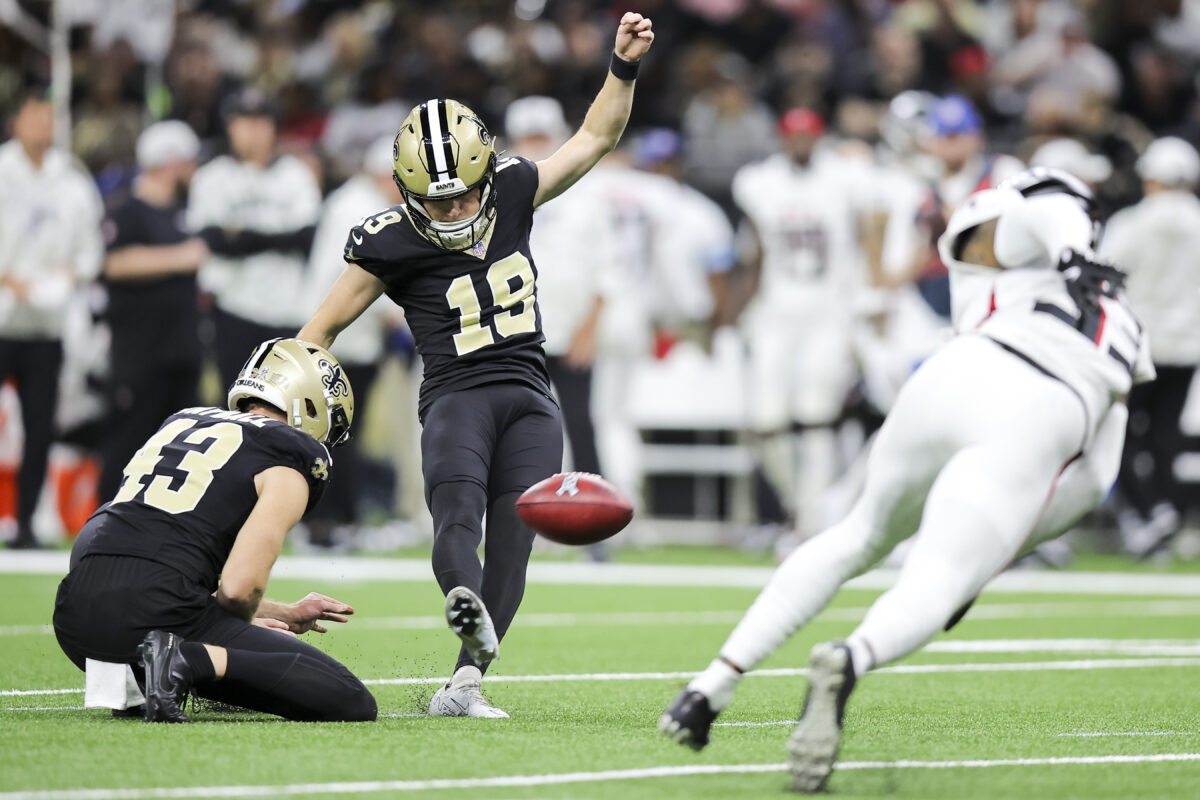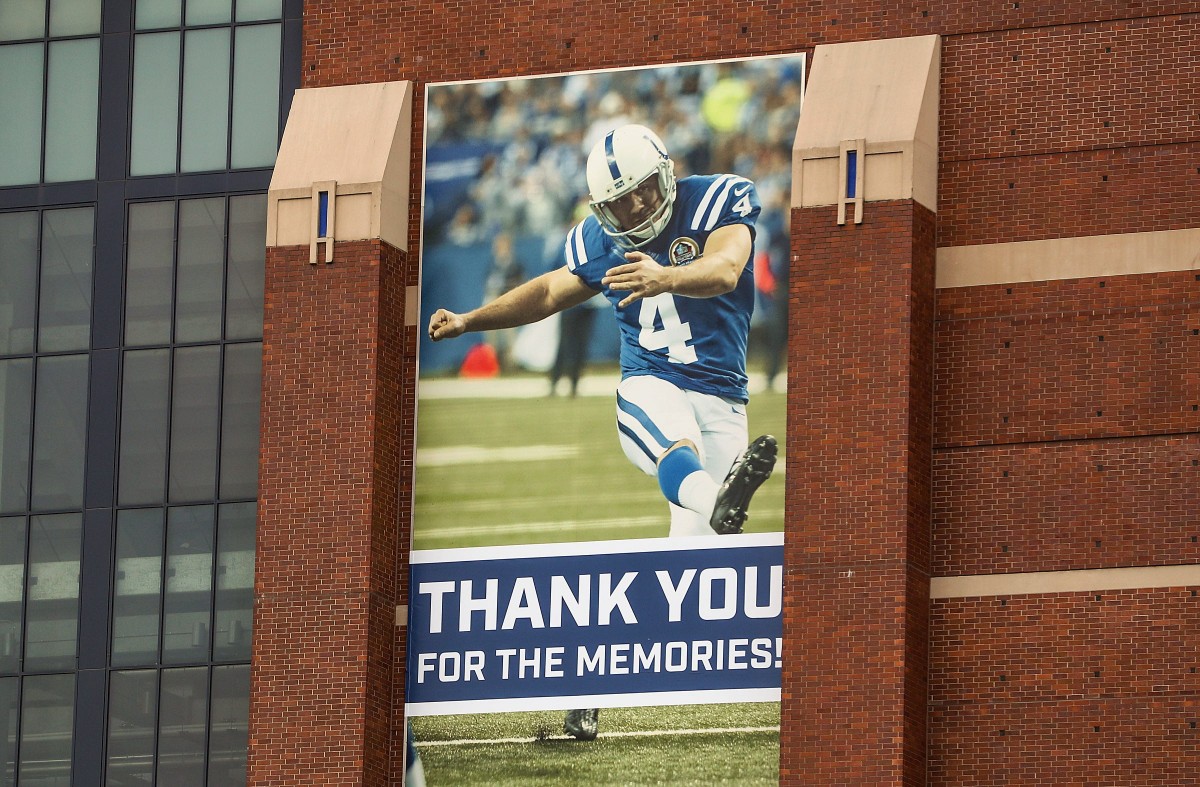International players have long been a staple of the National Football League.
The Kansas City Chiefs, for instance, have always taken interest in international players. Look back to the 1966 AFL Draft when the team drafted Jan Stenerud, a native of Norway who came to the United States for college on a skiing scholarship. He’d go on to become a Pro Football Hall of Fame kicker.
Most recently, they have Laurent Duvernay-Tardif, who won Super Bowl LIV with Kansas City. He was drafted in the sixth round of the 2014 NFL Draft and is the starting right guard for the Chiefs. He calls Saint-Jean-Baptiste, Quebec home and played college football at McGill University.
Another included in the Chiefs’ lineage of international players is Pro Football Hall of Fame kicker Morten Andersen, who found football as a youth exchange student from Copenhagen, Denmark. To this day Andersen holds a number of NFL records and is one of just two kickers (along with Stenerud) in the Pro Football Hall of Fame.
Andersen has long been a proponent of adding more international players to the NFL player pool. I recently spoke to Andersen, fortuitously just days after the NFL announced nine athletes from eight countries were set to compete for a spot in the 2020 International Player Pathway Program. When I talked with Andersen about it he was thrilled to hear it, but he still wants to see more players receive an opportunity to showcase their talents.
“I think it’s great and I want to get more guys,” Andersen said. “I’m just looking at it and I want to get more guys from Denmark. We have some talent there and then I know there are kids in Germany and England. If the plan from the NFL side is to become popular worldwide, the more international players you can assign the better.”
The International Player Pathway Program was first implemented in its current form in 2017. Through the program, one NFL division is chosen to be assigned international players. At the conclusion of training camp, those players are eligible for a practice squad exemption with their assigned team. A number of players to participate in this program remain on NFL rosters to this day such as Jordan Mailata, Efe Obada, Moritz Boehringer and others.
Andersen was a big proponent of NFL Europe and what it did to put American football on the map in other countries. One day he hopes there will be an NFL team in London, assuming they can work out the logistics.
“Eventually, hopefully, you have a team in London,” Andersen said. “That would be really great. I loved it when we had NFL Europe. I was doing games for Fox over there as an analyst for about a month and I really enjoyed it. It was popular, but it wasn’t financially viable, so that’s why they shut it down. But it was good and a lot of players from NFL Europe came to the NFL — Kurt Warner, Adam Vinatieri. I could go on and on with players that played in NFL Europe who had Hall of Fame careers in the NFL. So you just don’t know. It just opens up the talent base, you know? And it also engages the fan base internationally when they have somebody to root for from their own country.”
For an NFL franchise to work abroad, there needs to be a vested interest from the fans. Andersen knows this first hand from the response that Denmark showed him when he was in the NFL. The best way to foster the type of interest needed for an NFL franchise abroad is to get more international players into the league, playing in prominent roles.
“Once they get assigned, of course, they have to win the job,” Andersen said. “I get that, but at least they’re in there and just the fact that an international player gets into a training camp is a big deal in their native country. Trust me, because we have a guy with the New England Patriots right now, a fullback from Germany [Jakob Johnson] and it’s front-page news constantly. You root for that; you root for another guy to make the final roster and you root for a guy to get playing time. . . I was kind of a one-man show for a long time and I was a specialist so I wasn’t an every-down player. So getting an offensive lineman or somebody who plays more has more visibility would be fantastic.”
So I asked Andersen, “What is the biggest challenge preventing more international players from getting an opportunity with the NFL.”
“Finding them,” Andersen responded. “You’re going to have to trust that the local guys working with these athletes are telling you the truth and not just trying to get them placed, you know? And what are the criteria? So to me, if there was a systematic consistent way of grading guys, in other words, how do you grade college players coming up for the draft, right? A combine.”
The NFL had its inaugural international scouting combine in 2018 at Gold Coast, Australia. It included 49 athletes from around the globe, who tried out at regional combines in Fiji, Auckland, Samoa, Wellington, Brisbane and Sydney. The most recent iteration took place in Germany this past October with players from 18 countries participating. The NFL has yet to announce plans for a 2020 international combine, but it seems unlikely given the global pandemic.
These events certainly are creating opportunities and a path for international players to reach the NFL. The problem is that the NFL has yet to turn them into a spectacle like the annual NFL Scouting Combine in Indianapolis, Indiana.
“I know we go to Indianapolis for the NFL combine, but why couldn’t you make that an international event and you could monetize that,” Andersen said. “You could put that on TV. You could put that out on and stream the workouts and how popular would that be in those countries? I think it would be tremendous.”
In Andersen’s eyes, if the NFL can create an even playing field for those international players and provide them with the opportunity to compete, it will create stronger pockets of international fans throughout the globe.
“It’s going to be oranges versus oranges. It’s not going to be somebody telling you, ‘This player from Slovakia is a great player.’ Well, let’s compare them. Let’s invite him to a combine and let’s compare his numbers. If he’s a running back, let’s look at the Chiefs’ first-round pick [Clyde Edwards-Helaire] and compare them.”
This interview is the third of a multi-part series with Hall of Fame kicker Morten Andersen sponsored by NJ Online Gambling. You can find links to Part 1, Part 2 and Part 3 below.
Part 1: Dustin Colquitt and the specialist stigma
Part 2: On RB Clyde Edwards-Helaire being compared to Priest Holmes
Part 3: Harrison Butker, the next great Chiefs kicker
[vertical-gallery id=70339]









